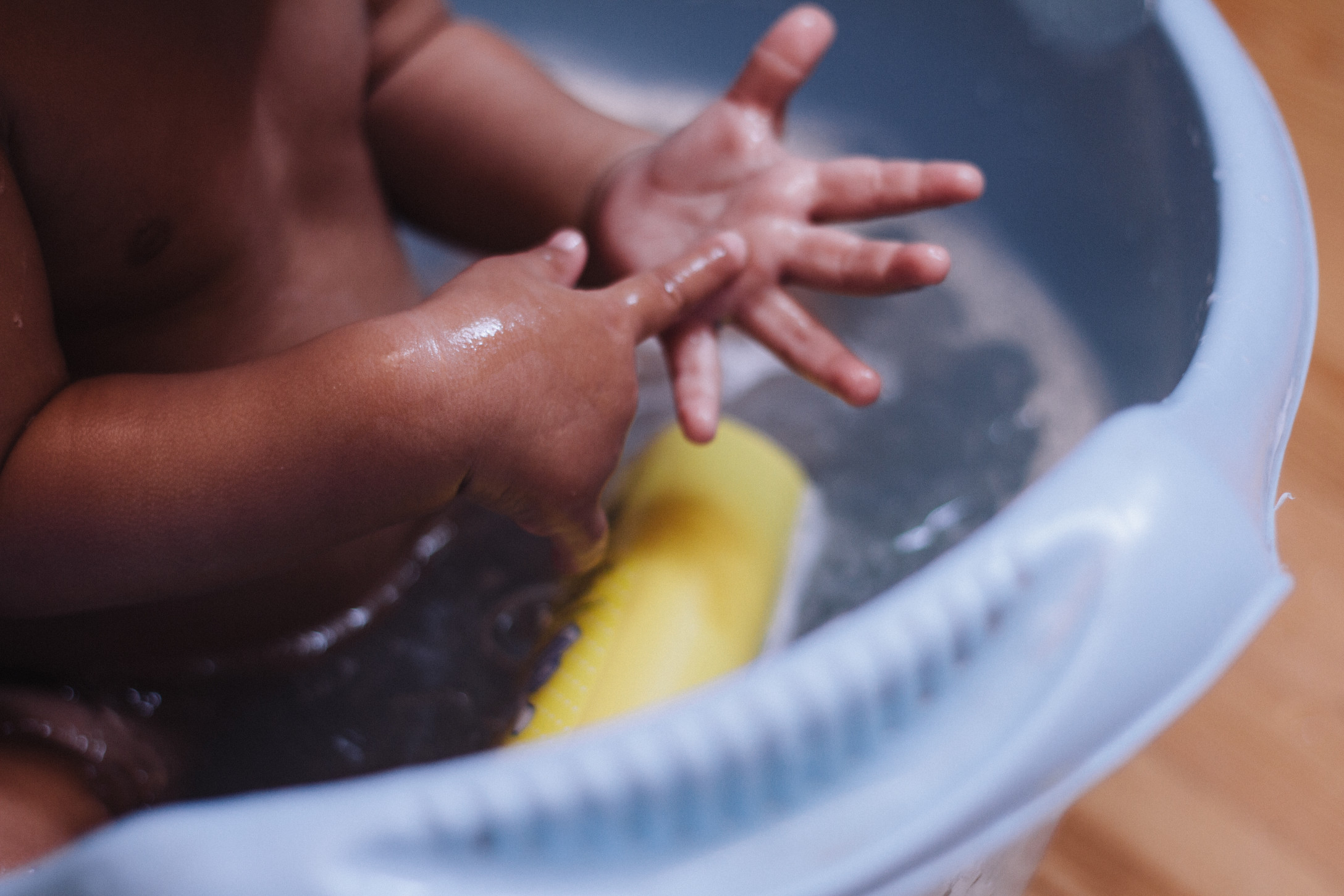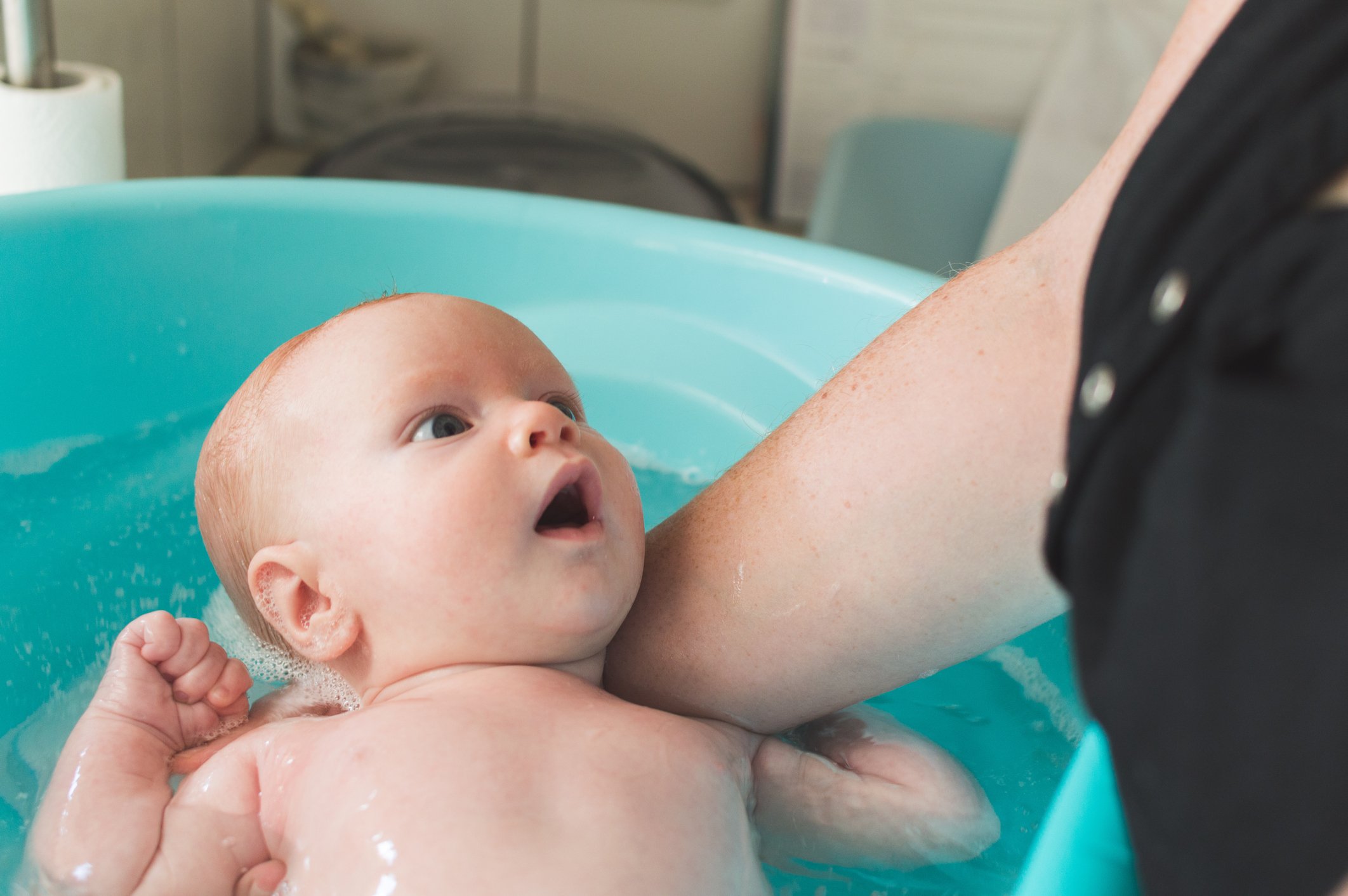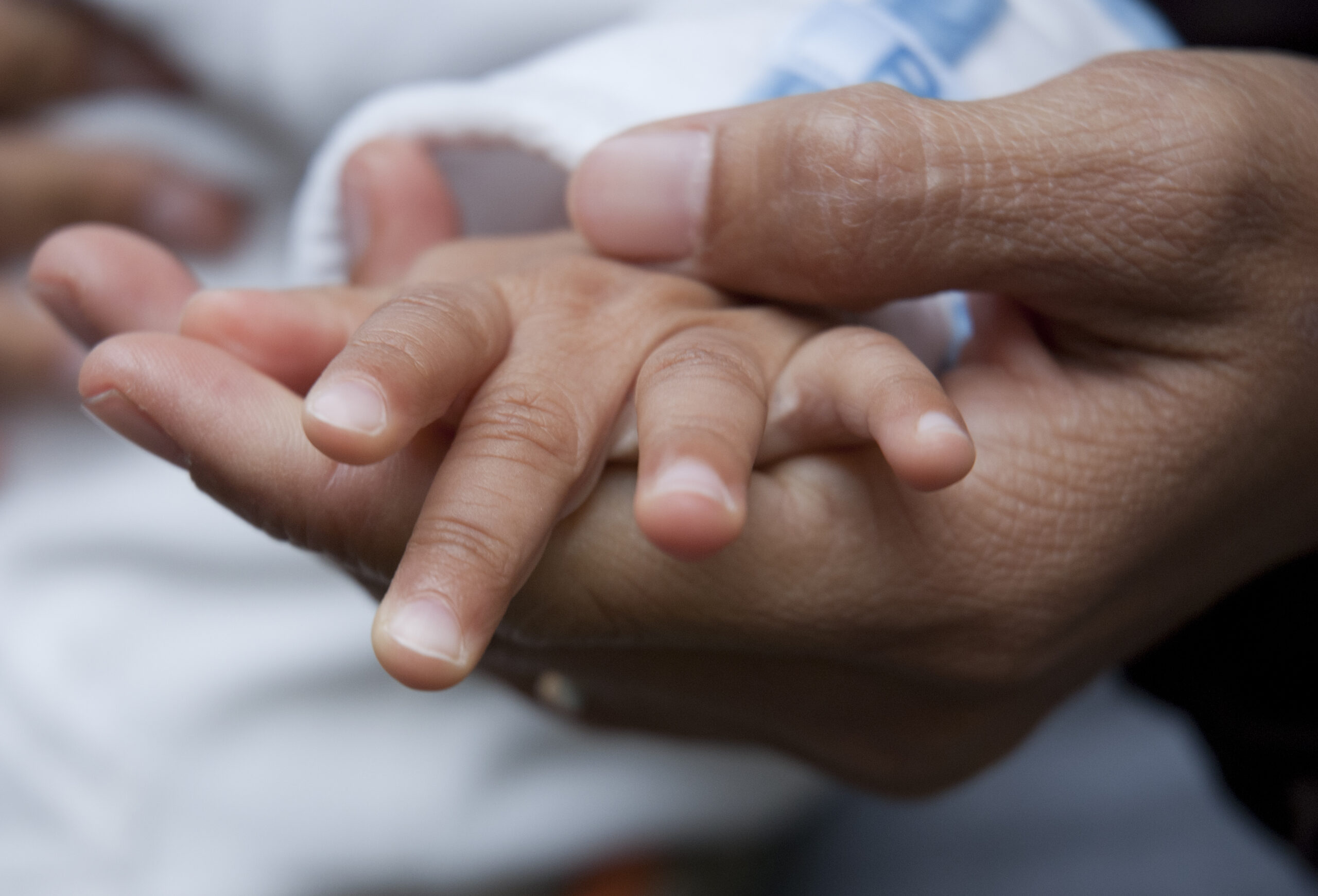
According to the National Eczema Organization, eczema is a very common skin condition that occurs in both adults and children. Eczema is on the rise in children, and currently around 9.6 million children in the United States have the condition.
Although "eczema" is used as an umbrella term for skin that is dry, itchy, discolored, and inflamed, there are actually 7 different types of eczema. If you suspect your baby has eczema, it’s important to talk to your doctor and a dermatologist to identify the specific type of eczema your baby has so you can treat it properly.
Natural ways to help babies with eczema

First of all, it is important that you follow your doctor's recommendations for treating your baby's eczema with medications, because it can help tame the eczema and allow you to better control it in the long run.
"I knew precious little about eczema or how to treat it in babies, and I kind of hated the idea of using prescriptions if there was a chance it would clear up on its own," writer Sarah Kovac admitted when her baby was diagonsed. But a round of prescription steriods helped clear her baby's skin up, and then she was able to turn to natural remedies to help control it in the future.
There are certain types of medications that can help your baby with eczema, but the National Eczema Organization also lists several types of natural remedies that have been proven to help treat and control eczema.
These include:
- Coconut oil: Apply virgin or cold-pressed oil once or twice a day to damp skin. According to Dr. Vivian Shi, virgin coconut oil is more effective in treating eczema when compared to baby oil.
- Sunflower oil: Apply after bathing (this is recommended for adults, so check with a doctor before using on a baby). "Virgin sunflower seed oil has anti-inflammatory properties to help soothe itchy and inflamed eczema skin, and can improve skin hydration and preserve the integrity of the skin’s natural barrier," Dr. Shi adds.
- Vitamin B12: Mix with moisturizer to apply to skin.
- Massage may help, but it’s important not to irritate any affected areas.
- Cool mist humidifier: Helps prevent skin from drying out. “Using a humidifier is a quick and easy way to minimize the occurrence of eczema,” says Kovac.
Additionally, it may be helpful to experiment with food triggers, if your baby is eating any solid foods, or your own diet if you are breastfeeding.
For instance, one eczema sufferer found that foods with high sugar, or highly processed foods with gluten and corn made her eczema flare up. “I didn’t have an extreme reaction, but I would break out with a silent rash and itching,” Chelsea Miller explained.
How to treat your baby’s eczema

According to the American Academy of Dermatologists (AAD), bathing and moisturizing your baby correctly are two key natural ways for treating your baby’s eczema. The AAD recommends the following strategies for bathing and moisturizing a baby with eczema:
- Use only lukewarm water when bathing your baby, as hot water can irritate eczema.
- Do not use soap, as many soaps are scented or contain harsh ingredients.
- Choose a fragrance-free cleanser.
- Don’t rub or scrub your baby’s skin.
- Never use bubble bath or bath oils.
- Avoid directly washing any skin that has a flare-up of eczema; instead, wash around the affected areas if possible.
After bathing your baby, it’s important to apply moisturizer and any other skin treatments that your dermatologist has prescribed quickly because it helps prevent the skin from drying out. The AAD recommends that you apply any skin creams within 3 minutes of your baby getting out of the bath. This is because eczema causes the skin to have small cracks in it, which it allows it dry out quickly, causing itchiness and discomfort.
"Skin with eczema is especially likely to crack in low humidity conditions when it dries quickly," explains Dr. Nedorost on the National Eczema website. "Applying a moisturizer to slow the drying of wet skin is therefore especially important in the winter when the humidity is lower."
Your skincare routine after your baby’s bath should look like the following:
- Gently “pat” your baby’s skin dry with a towel; don’t rub, and allow the skin to remain damp.
- Apply any prescribed skin medication.
- Follow up with recommended moisturizer.
How to control your baby’s eczema

Unfortunately, there is no one-size-fits-all when it comes to eczema. That means that not all babies with experience eczema the same and not all babies will respond the same to treatment. It also means that there may be different triggers for your baby’s eczema as well.
So, one natural way to help treat your baby’s eczema is to try to identify what specific triggers your baby has. You may do this by keeping a journal or compiling notes on your phone about your baby’s environment, diet, and medications, along with eczema symptoms to see if you can identify what factors seem to lead to a flare-up. As a way to get started identifying triggers, the AAD notes that common triggers for eczema include:
- Stress
- Sweat
- Dry air
It’s also important to note that both eczema symptoms and triggers can change as your baby gets older, so you should continue to monitor your baby and work with a dermatologist to control eczema as your child grows.







